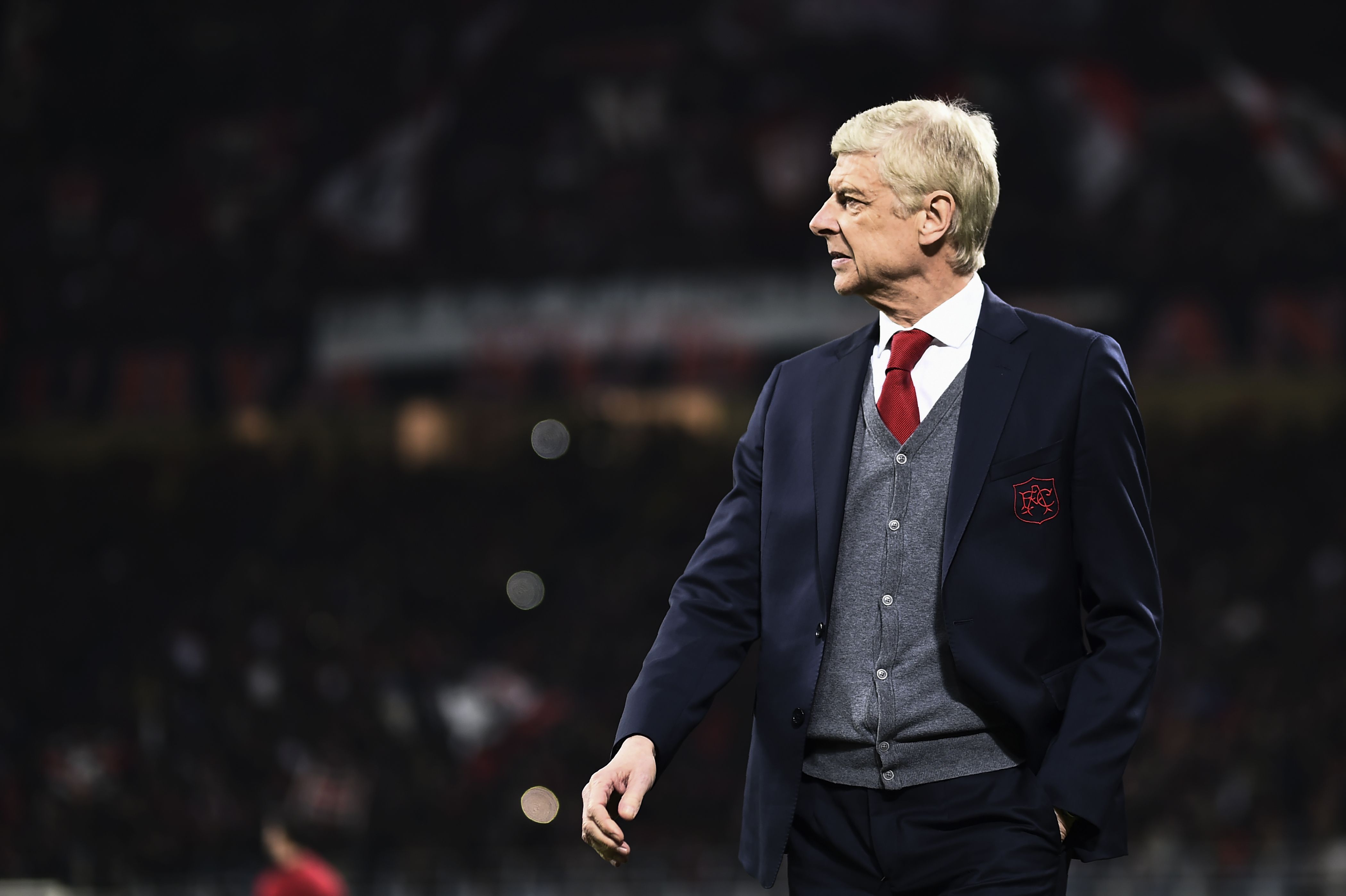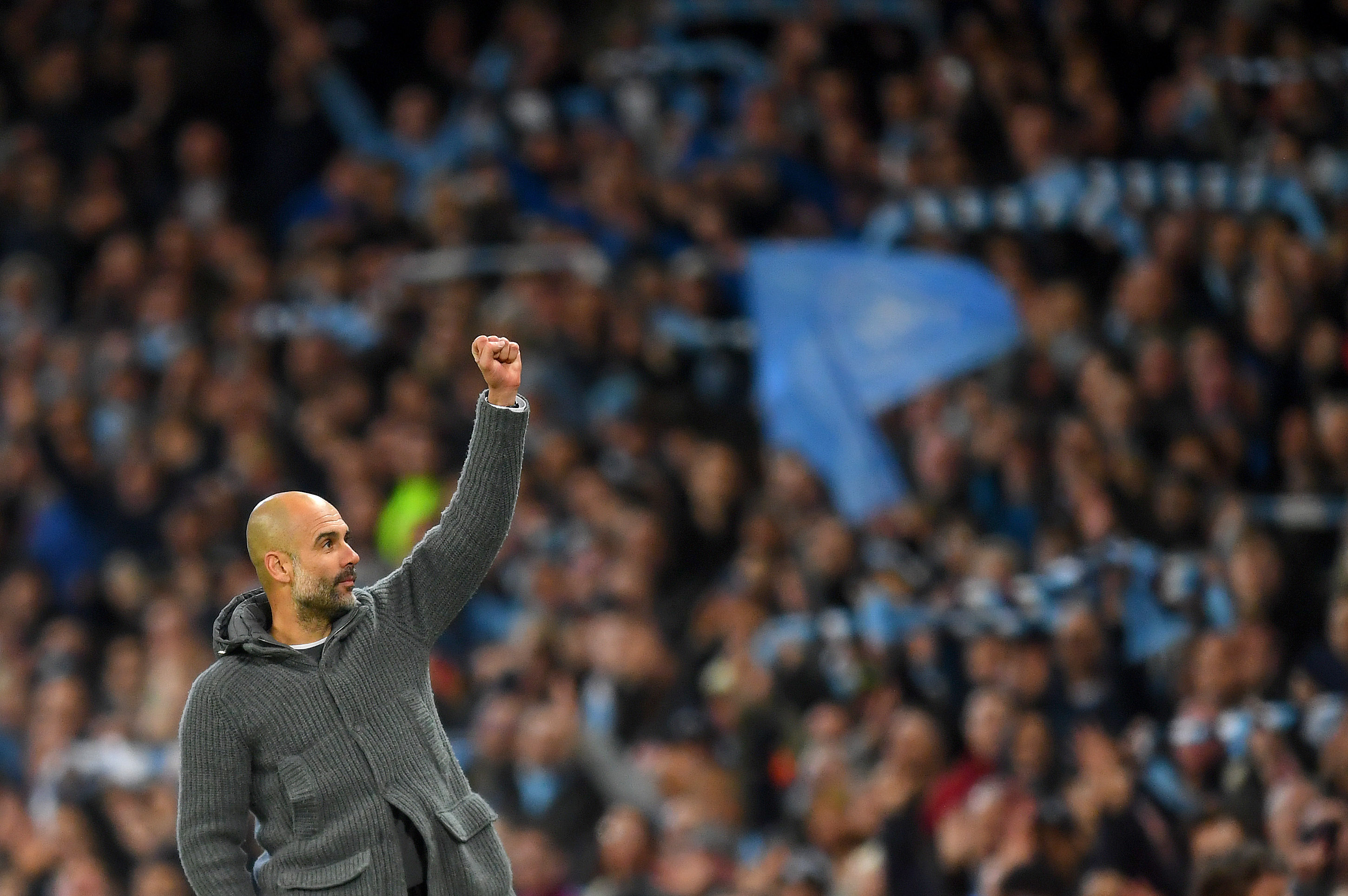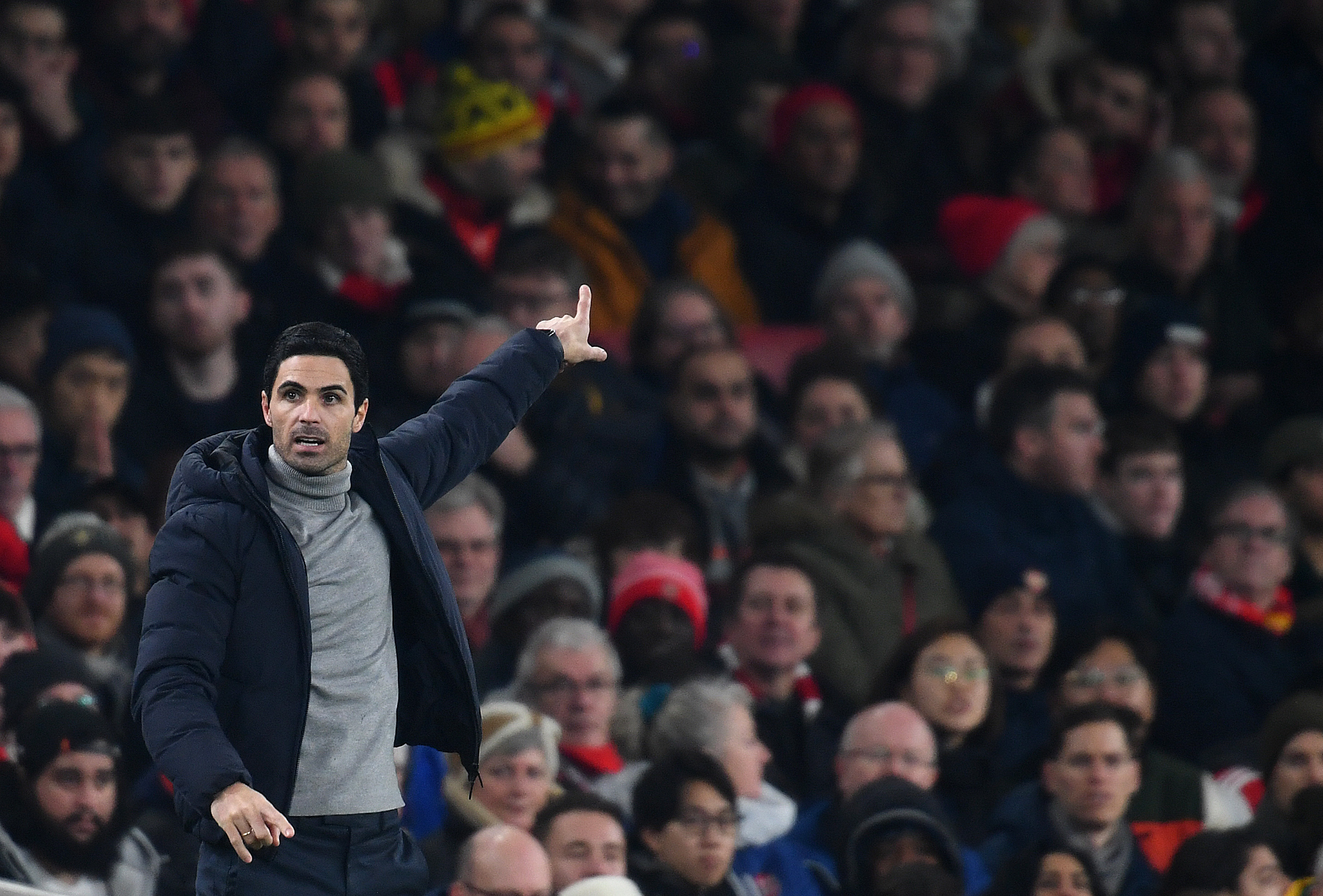Chelsea have already wrapped up five signings for the upcoming season with Kai Havertz possibly on the way. Here are five ways the Blues could set up in the next season.
As the transfer window goes into its fourth week, there is little that can be said about the impact of the Coronavirus pandemic on the market that has not already been said. A loss of revenue has meant that teams can no longer engage in massive money transfers which means the Sanchos, the Lautaros and the Koulibalys will have to wait.
However, there is still one team that has been going all guns blazing in the market so far – Chelsea. How? The Swiss Ramble explains that below:
Despite the COVID-19 pandemic, Chelsea have been spending big in this summer’s transfer window with their estimated outlay well over £200m. This thread will look at the financial implications and explain how #CFC will still be able to meet the Financial Fair Play (FFP) targets.
— Swiss Ramble (@SwissRamble) August 31, 2020
After not spending a dime in the last two windows, courtesy of the transfer ban imposed by FIFA, the Blues have already wrapped up deals for Hakim Ziyech, Timo Werner, Ben Chilwell, Thiago Silva, and Malang Sarr for a total of nearly £150 million. And they are not ready to stop with a transfer for Kai Havertz inevitable, and moves for a new goalkeeper and a central defender lined up.
It is clear that Chelsea want to be among the challengers for the title next season, but the arrivals of at least five new faces in the team means Frank Lampard will take time to accommodate his best players in the starting XI. The Hard Tackle lists five different ways Chelsea can lineup in the next seasons.
The 4-2-3-1 & ‘The Switch’
Frank Lampard primarily lined up his team last season in three structures: initially the 4-2-3-1, then the 4-3-3 and the 3-4-3/3-4-2-1 against particular opponents. However, he is most familiar with the 4-2-3-1 having been a part of it during his playing career, and then deploying it for Derby County in his first season in management in the Championship.

Kai Havertz is a spectacular player whose best trait might be the way he interprets space in any role he is given. He has spent most of his career thus far playing as an attacking midfielder, and can easily take up the No. 10 role behind Timo Werner in this setup.
Hakim Ziyech will also benefit from this structure as he, too, played in a 4-2-3-1 at Ajax. The Moroccan likes to start out wide and move to the centre: this will allow him to switch with Havertz who is quite familiar with the right flank having played there at Bayer Leverkusen. Both Havertz and Ziyech are capable of playing defence-splitting through balls which can work wonders for Werner.
Christian Pulisic adds diversity to this attack through his direct nature and blistering pace. He will be placed on the left and will run at defences which will open up space for Havertz, who can then move into the box. The German’s 6’2″ frame allows him to contest for aerial duels against the most physical defenders. This can be exploited by Ziyech and Pulisic – both of whom are excellent crossers.
Mateo Kovacic and N’Golo Kante are likely to remain Lampard’s first-choice central midfielders with Jorginho and Billy Gilmour remaining options from the bench. This set up allows Kante to hold his space instead of supplementing the attack, giving Chelsea an extra bit of defensive depth.
Alternatively, we could see Werner take up the slot on the left – as he has so often in his career – while Ziyech fills the no. 10 role. Either of Havertz or Pulisic can then play on the right with one of Tammy Abraham or Olivier Giroud leading the line.

This gives Chelsea an additional bit of attacking depth, allowing them to field a target man – the likes of which Havertz, Pulisic and Ziyech can supply better. Werner can use this lineup to cut in from the flank and test the keeper constantly.
The 4-3-3 from last season, with a twist of Kai
This formation is essentially a different variation of the above mentioned 4-2-3-1 with Kai Havertz in a deeper role, acting as an attacking no. 8. He played this type of role under Peter Bosz in 2018/19 partnering alongside Julian Brandt, both of whom were deployed as attacking midfielders in a 4-3-3.
Mateo Kovacic is known for his ability to carry the ball through obstacles into the final third, but playing in a double pivot will likely limit that. In a three-person midfield, Kovacic will get more room and can combine with the full-back and the winger on the side to move the ball into the final third.

N’Golo Kante will be played as the deepest of the three midfielders, but you could very well use Jorginho in that slot and Kante on the right to harness his incredible stamina to cover for Havertz when he moves ahead to attack. Similarly, Kante can be used to cover Ben Chilwell’s defensive flaws when he moves forward on the left-wing.
Mason Mount was deployed on the left in the midfield trio and could come in to join the lineup from the bench in times of trouble, remodelling the lineup into sort of a 4-1-4-1, like the one Leicester City deployed last season with Youri Tielemans and James Maddison.
The Julian Nagelsmann Special: 3-5-2/3-4-1-2
Since the arrival of Julian Nagelsmann at RB Leipzig, Timo Werner had broadened his horizons as a striker after being termed as ‘one-dimensional’ by fans and critics alike. He started playing as the other half in a two-pronged strike partnership, slotting in with one of Youssuf Poulsen and Patrick Schick.
Werner was used as a linchpin who would drop into the hole to connect the midfield and the attack. This not also benefitted Naglesmann’s style of quick, vertical passing and transition, but it also helped Werner pop into the box unmarked for cutbacks and crosses after setting the ball for his teammates.

This can be mirrored by Chelsea to play Werner and one of Tammy Abraham or Olivier Giroud up top. Abraham is an excellent target for crosses due to his strength and can bully defenders to win second balls. He does not quite boast of the same level of hold-up play and passing as Giroud, which will be fundamental for Werner for one-twos.
A 3-man defence also allows Thiago Silva more freedom on the ball, and a less chance to be caught out due to his lack of pace. Additionally, the likes of Ben Chilwell and Reece James will get more opportunities to make the best use of the wings, aiming their passes towards two brilliant goalscorers.
This system can very well be restructured into a 3-4-1-2 with the help of one of Hakim Ziyech, Kai Havertz or even Mason Mount behind the strikers. Havertz is most familiar in this role, and his exceptional off the ball movement allows him to effortlessly combine with the strikers before moving into the box.

The Thomas Tuchel Style: 4-4-2
For a majority part of last season, Thomas Tuchel set up his Paris Saint-Germain team in a 4-4-2 with Neymar and Angel Di Maria on the left and right flank respectively, sitting behind two of Pablo Sarabia, Kylian Mbappe, Mauro Icardi.
However, this 4-4-2 would reshape itself into a hexagonal 4-2-2-2 or an asymmetrical 4-3-1-2 with Di Maria acting as a ‘Mezzala’ on the right side of the midfield three.
Lampard can take inspiration from this and set up his star-studded attack the same way. Timo Werner will be partnered with one of the two target men, with one of Hakim Ziyech or Kai Havertz on the right, and Christian Pulisic or Mason Mount on the left.

The wide-midfielders can move up ahead and drift inwards acting as inside forwards or attacking midfielders, acting as the primary creative outlet for the attackers from the half-spaces.
Due to this formation, the fullbacks have the work cut-out for themselves, as they have to constantly move up to fill the block left empty by the wingers. Kante and Kovacic have to stay extremely mobile so that they can cover for the full-backs while holding the centre.
The “We still might have to sit behind and counter against some teams”: 3-4-3
Despite being a top team, and constantly fighting for a spot in the top four, Frank Lampard knew the limitations of his squad, and from time and again, gave up on his fluid style of football so he could stand a chance against the clubs mightier than them on paper. This was visible against Manchester City in their 2-1 win in the league that sealed the title for Liverpool.
For most of these matches, Lampard used a 3-4-3 or a 3-4-2-1 with Mason Mount on the left side, Olivier Giroud through the centre, and Willian on the right. The idea was to sit back and hit on the opposition on the counter. This same idea can be implemented this season, especially in the Champions League if they want to stand a chance and go ahead in the competition.
Hakim Ziyech and Christian Pulisic will occupy the wings with Timo Werner leading the line. This front-three is comparatively much quicker compared to the last season, and promises more efficiency.

Ben Chilwell boasts of quicker reaction speed compared to Marcos Alonso and Emerson Palmieri and knows when to join the attack, and then move back to defend. This will help Antonio Rudiger, who was the victim of positional flaws from Alonso, consequently making absurd errors in defence.





I love this so much.